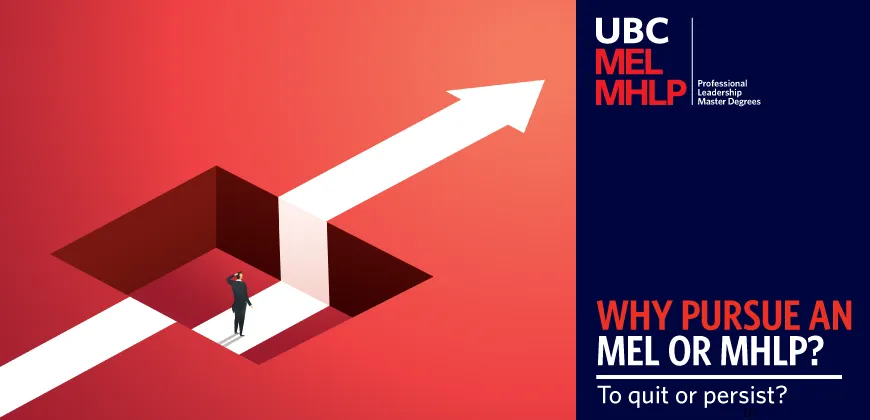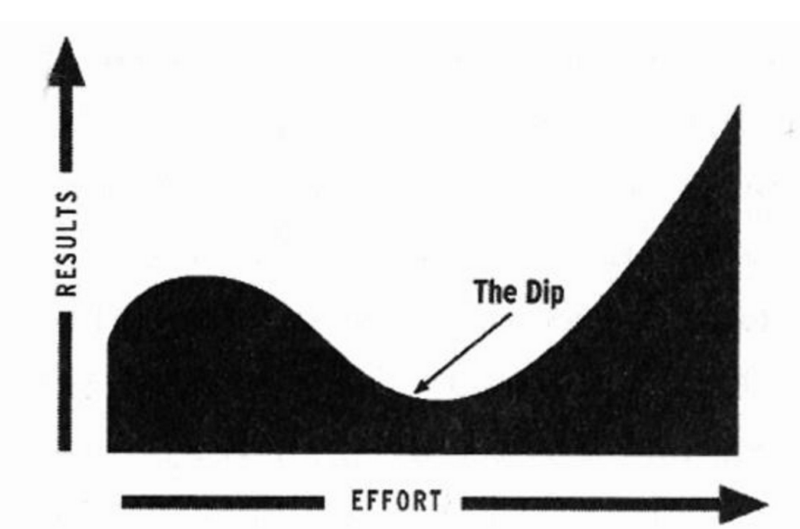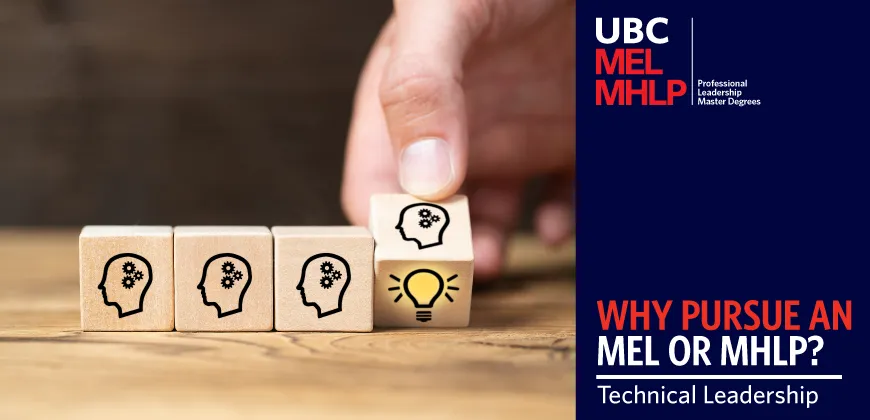When to quit, when to persist in your career

How do you know when the time is right to move on from your current position? It can be hard to know when to keep going in a job that doesn't quite satisfy your personal and professional goals and when it's time to look for something new. As entrepreneur and author Seth Godin reminds us in this book The Dip: A Little Book That Teaches You When to Quit and When to Stick, there's often a time for quitting and a time for persevering and both can get you to your goals: Extraordinary benefits accrue to the tiny minority of people who are able to push just a tiny bit longer than most. Extraordinary benefits also accrue to the tiny minority with the guts to quit early and refocus their efforts on something new. In both cases, its about being the best in the world. About getting through the hard stuff and coming out on the other side.
Investing in your professional development can be a way to get yourself from where you are to where you want to be. UBC's Master of Engineering Leadership (MEL) and Master of Health Leadership and Policy (MHLP) enable professionals in engineering and health care to gain new skills in their industry sector, along with the business and leadership knowledge needed to jump up to positions of higher responsibility and influence.
The cul-de-sacs and dips of your career
What does this mean for you? You might feel stuck in your current position. Do you stick it out? Or do you quit? Godin says to be wary of cul-de-sacs: dead ends where no matter what you do and how hard you work, nothing will change the situation won't get better and it won't get worse. There's not a lot to say about the cul-de-sac except to realize that it exists and to embrace the fact that when you find one, you need to get off it, fast. That's because a dead end is keeping you from doing something else. The opportunity cost of investing your life in something that's not going to get better is just too high.
How do you know if you're stuck in a cul-de-sac? You might have realized that your current position doesn't offer the pathway to the career growth you are seeking. Or maybe you are in an industry that is no longer aligned with your values.
That was the case for Anna Swanson, who was working in oil and gas but wanted to work in clean energy.
She evaluated her situation and realized that by doing the MEL in Clean Energy Engineering she could gain the experience and credibility to move into a field more aligned with her priorities.
She's now working as an energy management consultant with a company that helps governments and utilities achieve carbon reduction initiatives. Or maybe you recognize that your current role doesn't enable you to have the impact on your field that you know is needed. That was the experience for Erika Young, who was working on the front line at a care home during the initial wave of COVID-19 and feeling frustrated by the roadblocks within the system that prevented patients from receiving quality care.
This experience made me really think about the ethical dilemmas within our health-care system and the crucial need to advocate for vulnerable populations, she says. When I saw an ad for the MHLP in Seniors Care on my Facebook page, I saw this as an opportunity to learn more about the complex interconnections that make up seniors care and gain the business and leadership skills to make a difference within this field.
Persevering through the tough stuff
Although Godin offers the refreshing perspective that quitting can be a great idea and that there is value in leaving a situation that isn't fulfilling, he also talks about the value persisting and sticking through the hard stuff. It all depends on your situation.

He notes that when we're first learning something new, it can be fun and exciting. After a while, it might feel hard really hard. Godin says that's when we're in the dip, or what he refers to as the long slog between starting and mastery. A long slog that's actually a shortcut, because it gets you where you want to go faster than any other path. The Dip is the difference between the easy "beginner" technique and the more useful "expert" approach in skiing or fashion design. The Dip is the long stretch between beginner's luck and real accomplishment. When students are in the midst of their MEL and MHLP graduate programs, they might feel the dip. There's the excitement that comes from being back in a learning environment, being immersed in new ideas and experiences, and seeing some immediate results. But it's also hard work. Learning isn't always easy. This, says Godin, is part of the path. By leaning in to the experience and persevering, you will gain the mastery and knowledge that will ultimately pay off.
Mastering leadership, business, and technical skills
That pay-off can be impressive.
MEL and MHLP alumni have used the sector-specific knowledge gained in the program combined with tangible skills in leadership and business to take on roles with significantly greater responsibility and influence, move into new industries, launch new ventures and achieve their personal and professional goals. In this way, the one-year full-time degrees are what Godin would call a shortcut to mastery equipping you with the knowledge needed for real and lasting professional accomplishment.
Godin's book asks us to consider the idea of quitting with more nuance. On the one hand, Quitting is better than coping because quitting frees you up to excel at something else, he says. But when you are in a hard spot of the dip of the experience you also need to know when to stick it out: Never quit something with great long-term potential just because you can't deal with the stress of the moment.


